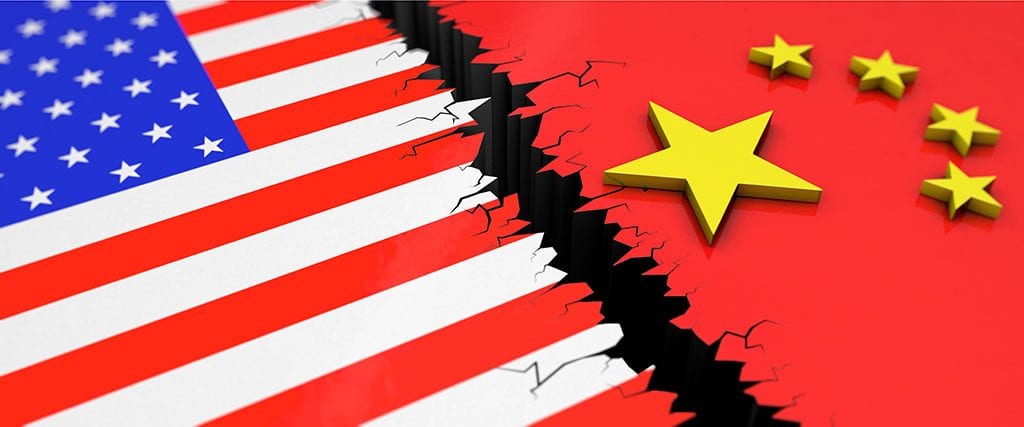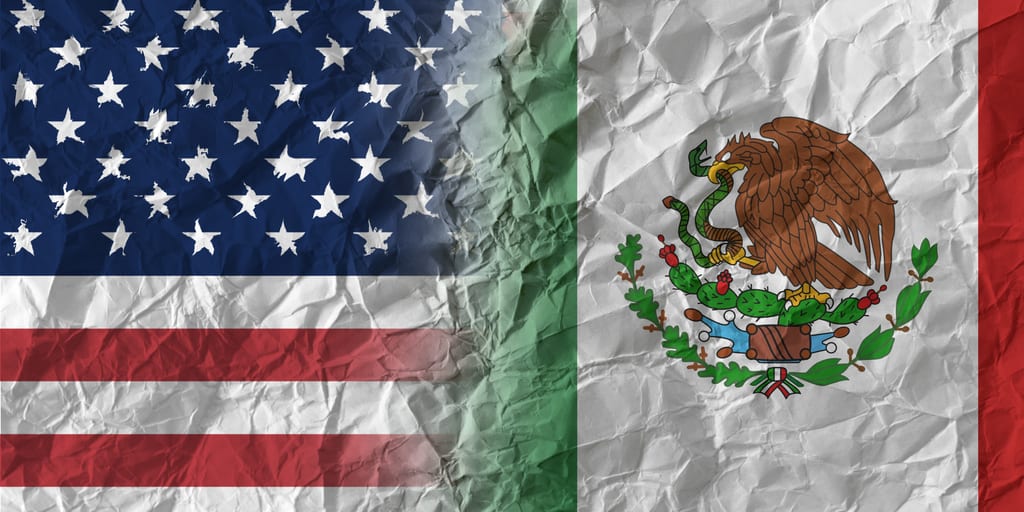
Is the United States heading into a trade war with China? Will recent disputes over tariffs hurt consumer spending and the U.S. economy?
These questions are swirling around the country right now — and President Trump’s recent statements on tariffs from the G7 meeting in Europe — haven’t added much clarity for business owners looking to forge a strategic path forward. What’s a floral industry professional to do? This week, EBrief editors talked with Alice Gómez, an attorney and vice president with the Society of American Florists’ longtime partner Cornerstone Government Affairs, to find out which factors she’s paying attention to as trade talks continue into the fall.
Overall, Gómez said she sees tension growing among legislators and business owners on the tariff issue.
“The president has bipartisan support for being tough on China,” she said. “While there is a growing number of members of Congress that are interested in seeing Congress pull back some of the tariff authority it has legislatively delegated to the president, many support the president’s stance on forcing China’s hand.”
On the other hand, she added, “the president’s tactics are not as popular with corporate America. Retailers, in particular, have been very vocal in their opposition to the tariffs on goods from China. Too many U.S. businesses are paying more for products (due to tariffs), and it seems this will not change in the short term.”
Three points Gómez said are especially relevant to the floral industry:
China may be willing to wait out President Trump. Earlier this month, citing lack of progress in talks with China, President Trump announced additional tariffs on $300 billion worth of imported goods from China that previously had not been subject to tariffs.
“The tariffs would be implemented in tranches, starting Sept. 1, with another wave of products subject to tariffs starting Dec. 15 to allow for retailers to stock up prior to the holiday shopping season,” Gómez explained. “On Aug. 23 President Trump announced that existing and pending tariffs on imports from China will increase. He said this in responding to Beijing’s tit-for-tat move last week raising tariffs on more than 5,000 additional goods from the U.S.”
Trump’s latest announcement means that the additional 25 percent tariff currently in place on $250 billion worth of Chinese goods (so-called lists 1 through 3) will be increased to 30 percent effective October 1 following a notice and comment period, and the additional, pending tariff on the remaining $300 billion worth of imports from China, which is scheduled to be imposed in two stages, will now be 15 percent (instead of 10 percent, as originally announced). On Aug. 23 the president also ordered, via Twitter, U.S. companies to relocate operations out of China if bilateral trade relations worsen.
“Over the weekend at the G7 summit Trump seemed to lighten his rhetoric with regard to China, noting that he believes a deal is still possible,” Gómez said. “Chinese negotiators are reportedly scheduling a trip to Washington in September to continue bilateral negotiations, but no date has been set.”
“If I had to bet on when a deal is reached, I think it depends on two things,” she added. “One, who wins the presidential election in 2020 and, two, whether the Chinese economy can withstand ‘waiting it out.’”
American and Chinese companies are paying a price in this trade war. Gómez said a big question right now is, “How much longer can the administration continue to say that the tariffs are not hurting U.S. consumers?”
“Up to this point, the president and members of his administration insist that the tariffs do no harm to the American consumer,” she explained. “There was some changing of that rhetoric with the announcement this month that the remaining $300 billion in imports from China would be subject to tariffs.”
In other words, she explained, “It is difficult for the Trump administration to acknowledge that tariffs hurt American consumers, despite a growing number of economic analyses showing so, most prominently the Peterson Institute for International Economics. The Dec 15 delay is an indirect admission that the tariffs could impact consumers — without saying as much.”
Look for announcements in late September. Ambassador Robert Lighthizer, the U.S. Trade Representative (USTR), is the main point person on negotiations for the United States with regard to China trade.
“There is expectation that he and Chinese Vice Premier Liu He will convene in Washington in September,” Gómez said. “USTR is also doing a full review of China’s compliance with its WTO commitments, and important deadlines in that investigation are approaching in September and October.”
Gómez noted that President Trump prefers to make “big announcements” when he visits with heads of state. “The next opportunity for a face-to-face with Chinese President Xi is during the United Nations General Assembly, which takes place at the end of September,” she added.
None of which makes for a necessarily clear path for business owners.
“With the rapid changes in trade developments as of late, it’s difficult to advise companies sourcing products from China to look beyond the next month or two for major changes,” Gómez said, “especially in a time when circumstances change overnight.”
SAF will continue to monitor trade talks and their potential effect on the floral industry. Look for more coverage in future publications.
Mary Westbrook is the editor in chief of Floral Management.






